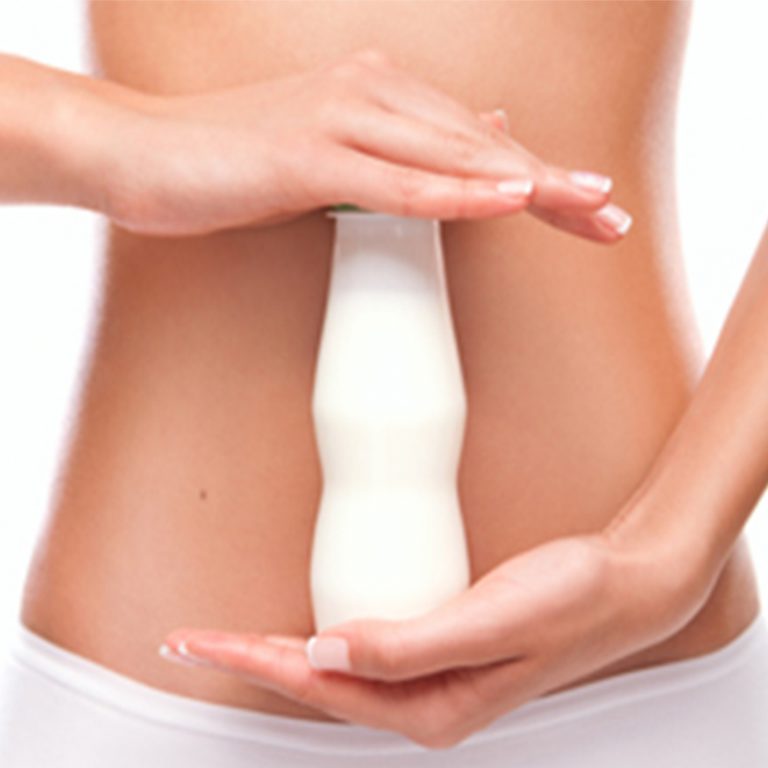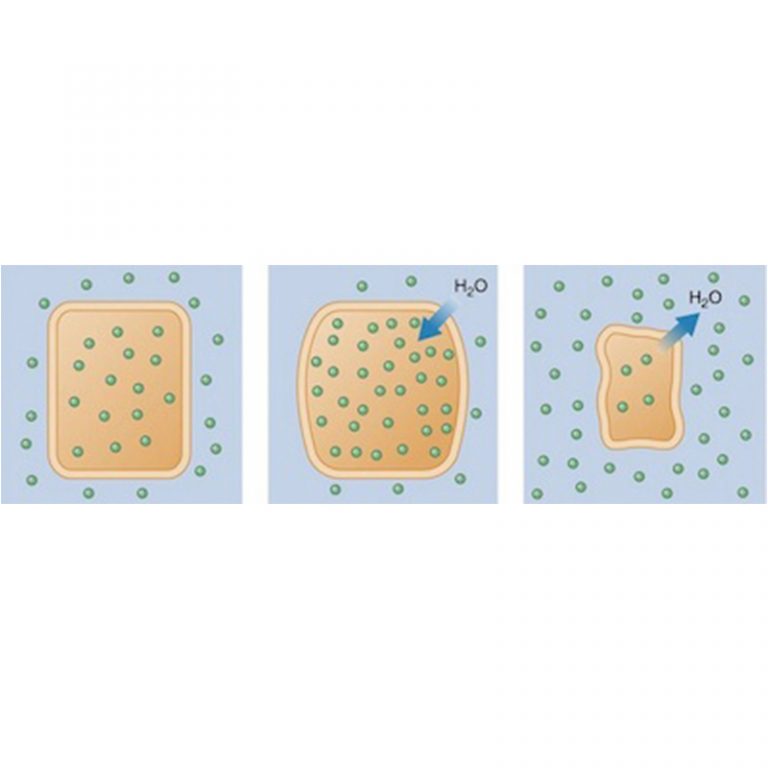Understanding Body pH
We are often told that we should alkalise our bodies for optimal health and undoubtedly the western diet, which largely consists of acid-forming foods, is responsible for many health issues. However, the whole story with regard to body pH is far more complex.
pH is measured on a scale of 0 to 14, where 0 is the extreme of acidity and 14 is the limit of alkalinity. Many people believe that maintaining a pH of around neutral (pH 7) is ideal and to a degree this is true for blood, as healthy blood maintains a slightly alkaline pH level of around 7.4. What is less known is that every organ and system in the body and indeed every cell type has a different optimal pH. Even specific compartments within cells have their own pH which enables them to maintain optimum efficiency. Perhaps the most remarkable indication of the range of pH involved is given by the stomach; a healthy stomach has a pH of around 1 to 2, a million times more acid then the pH in the mouth, as the pH scale is a logarithmic one. This very high level of acid in the stomach enables the optimal function of the proteolytic enzymes such as pepsin, but when the food progresses from the stomach into the intestines the pH rises to between 5 and 7. Different enzymes require totally different conditions in which to carry out their work.
In order to maintain the proper pH within the cells, the pH outside the cells must also be kept constant within certain limits. This maintenance of stability is known as homoeostasis, and it is achieved through a number of mechanisms. Each type of tissue in the body has its own extracellular matrix that has a unique composition assuring cellular support and stability. Homoeostasis within the blood is particularly crucial, and in order to maintain equilibrium the blood uses biochemical buffers. These mechanisms depend heavily upon optimal function of the lungs, kidneys and liver. Any disturbance of homoeostasis lowers immunity and is therefore a major factor in disease and in premature ageing.
While the greater part of the excretory process takes place via the kidneys, the skin also has an important part to play in dealing with any excess. It is therefore not surprising that when the blood tries to rid itself of excess acidity this will often lead to skin disorders, such as rashes, boils and ulcers. Ayurveda has some very effective medicines for balancing the acidity within the skin. One such medicine is Similex China (Chobchini), which has a variety of applications and is in fact one of the constituents of the first Ayurvedic medicine to gain approval for AIDS treatment.
A healthy diet, according to constitutional type, and adequate exercise play a major part in the maintenance of homoeostasis. However, it is essential in treating excess systemic acidity, which Ayurveda sees as a problem of excess Pitta, to know in which organs the imbalance is originating.
For further information contact us at the Yatan Holistic Ayurvedic Centre on 1300 552 260.
Next Time:- Putting Heavy Metals Into Perspective

*Discover holistic healing with a complimentary phone or video consultation from our expert Ayurvedic practitioner. Start your path to better health today!*





















